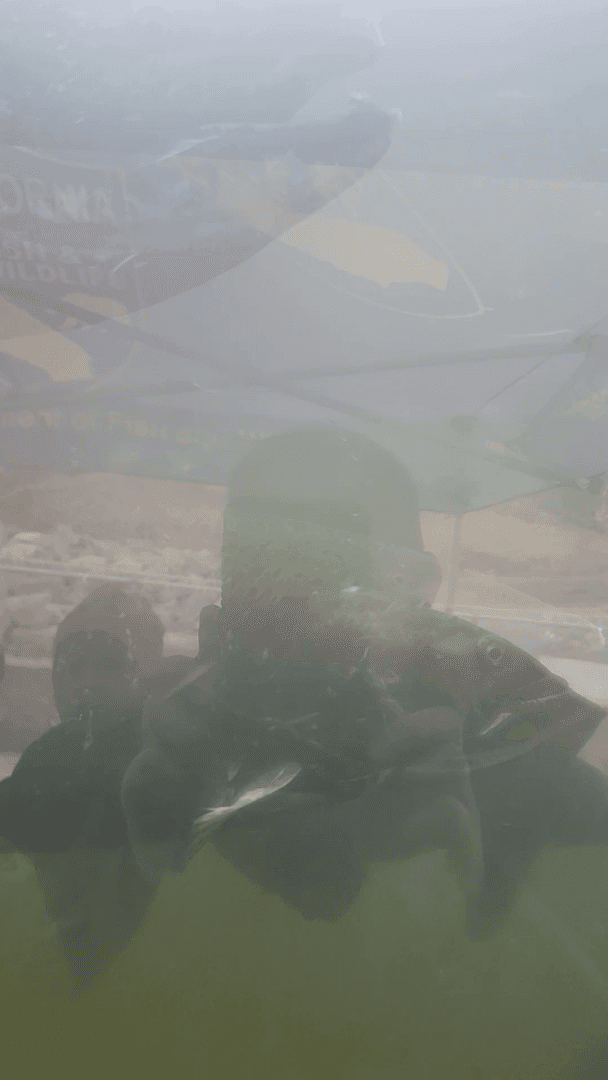
Where the Indian Ocean Meets the Bush: Maputo Special Reserve's Unique Hunting Seasons and Coastal Game Secrets Hunting Seasons and Regulations in the Maputo Special Reserve Region The Maputo Speci
Post: 28 August 14:53

Post: 28 August 14:53

Post: 11 November 09:26

Post: 19 August 09:35

Post: 15 July 11:37

Post: 4 May 12:25

Post: 8 September 09:33

Post: 18 August 11:10

Post: 5 July 05:49

Post: 23 May 12:50

Post: 5 August 12:24

Post: 24 July 14:59

Post: 23 July 08:19

Post: 28 August 08:53

Post: 20 August 09:53

Post: 30 July 11:02

Post: 28 July 20:33

Post: 25 July 13:06

Post: 25 July 13:03

Post: 24 July 11:10

Post: 17 July 06:04

Post: 16 July 14:03

Post: 13 July 18:02

Post: 11 July 12:07

Post: 10 July 06:47

Post: 9 July 08:33

Post: 7 July 06:49

Post: 7 July 06:22

Post: 7 July 05:49

Post: 6 July 14:02

Post: 4 July 12:04

Post: 18 June 13:24

Post: 16 June 21:39

Post: 13 June 14:01

Post: 13 June 10:56

Post: 6 June 07:16

Post: 29 May 11:59

Post: 23 May 17:07

Post: 22 May 11:37

Post: 14 May 12:01

Post: 13 May 13:42

Post: 7 May 11:30

Post: 5 December 09:45

Post: 22 October 21:32

Post: 22 December 09:24

Post: 15 September 08:58

Post: 3 August 18:11

Post: 24 June 16:19

Post: 22 November 09:48

Post: 28 October 10:03

Post: 6 October 12:40